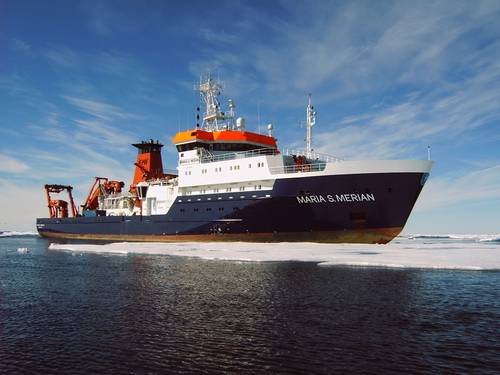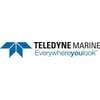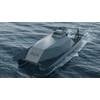
Germany’s research vessel Maria S. Merian will use its new Sonardyne tracking technology to conduct science operations around the world, including the subpolar Norwegian Sea. (mage: Briese Schiffahrts GmbH & Co. KG, Research | Forschungsschifffahrt)
Ranger 2 deep water acoustic tracking technology produced by Sonardyne International Ltd. has been installed on the Maria S. Merian, one of the most modern vessels in the German research fleet.
Delivered through Sonardyne’s in-country agent, Scholz Ingenieur Büro GmbH, the system was chosen as a replacement for the vessel’s existing third-party Ultra-Short BaseLine (USBL) acoustic equipment to enable science teams to precisely track the position of deep-water science systems including unmanned robotic platforms and seafloor landers to beyond seven kilometers.
Operated by the German Research Vessels Control Station at the Institute of Geology, University of Hamburg, the Maria S. Merian is equipped to conduct sea bottom, water column and atmospheric observations in the Mediterranean, North Atlantic and, thanks to its ice-breaking reinforced hull, the subpolar Norwegian Sea.
Sonardyne said a key factor in the institute’s decision to select Ranger 2 for the Maria S. Merian was the system’s extensive track record in delivering fast, accurate and repeatable positioning for science operations in all water depths and operating conditions. Central to this has been German scientists’ firsthand experience of the Ranger 2 systems fitted to the U.K.’s research vessels, including the RRS James Cook, which has been a long-term user of Sonardyne’s USBL technology.
As part of the upgrade, the Maria S. Merian has been fitted with Sonardyne’s GyroUSBL instrument which incorporates a USBL transceiver and high-grade inertial navigation sensor in the unit. This combination maximizes precision by eliminating common sources of USBL system error such as lever arm offsets, pole bending and ship flexing. During science missions, it will be deployed and recovered using a Sonardyne deployment machine and used to track Wideband Sub-Mini 6+ transponders attached to scientific equipment in the water.












 August 2025
August 2025



